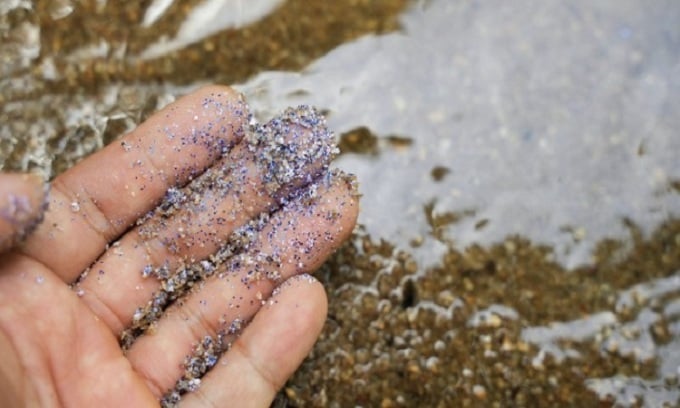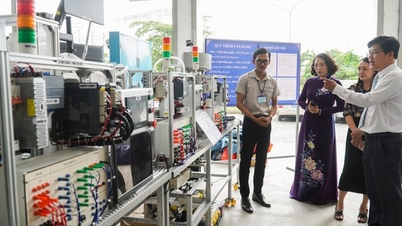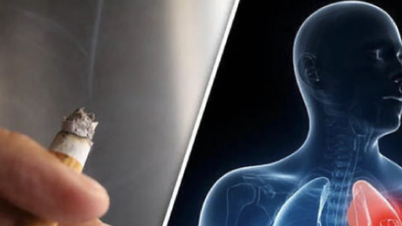A research team from the University of New South Wales found that the upper respiratory tract is where the largest microplastic particles are most likely to accumulate.

Microplastics exist in the air and throughout the oceans. Photo: C&EN
Researchers used computer modeling to understand which areas of the respiratory tract are most vulnerable to inhaling toxic microplastics. They published their findings in the journal Physics of Fluids, Live Science reported on June 19.
Mohammad S. Islam, lead author of the study at the University of New South Wales in Sydney, and colleagues built a computer model to analyze where tiny plastic particles tend to travel and accumulate in the airway. By analyzing this circulation under fast and slow breathing conditions with three shapes of plastic particles (circles, tetrahedrons, and cylinders), the team found that the largest microplastics, measuring 5.56 microns (1/70th the width of a human hair), were the most likely to get stuck. Where they tend to end up is the upper respiratory tract, such as the nasal cavity and the back of the throat.
In 2019, a group of scientists estimated that up to 16.2 microplastic particles enter the respiratory tract every hour, meaning people could be breathing in the equivalent of a credit card’s worth of toxic microplastics every week. Islam and his colleagues used that finding to calculate how microplastics move around the respiratory system.
Microplastics are tiny pieces of plastic less than 5 millimeters long, according to the National Oceanic and Atmospheric Administration (NOAA). They are remnants of industrial waste and consumer goods and can be found in the atmosphere and throughout the ocean. Researchers still don’t know the full impact of microplastics on the human body. However, microplastics can kill human cells, cause intestinal inflammation, and reduce fertility in mice. Microplastics can also carry viruses, bacteria, and other toxic chemicals.
The researchers say the next step is to understand how microplastics accumulate in the lungs by looking at factors such as humidity and temperature. Microplastics are becoming increasingly common, they say. “Millions of tons of microplastics are in water, air and soil. Global production of microplastics is skyrocketing and the concentration of microplastics in the air has increased significantly,” Islam says.
An Khang (According to Live Science )
Source link




![[Photo] General Secretary To Lam receives the Director of the Academy of Public Administration and National Economy under the President of the Russian Federation](/_next/image?url=https%3A%2F%2Fvphoto.vietnam.vn%2Fthumb%2F1200x675%2Fvietnam%2Fresource%2FIMAGE%2F2025%2F12%2F08%2F1765200203892_a1-bnd-0933-4198-jpg.webp&w=3840&q=75)
















































































































Comment (0)